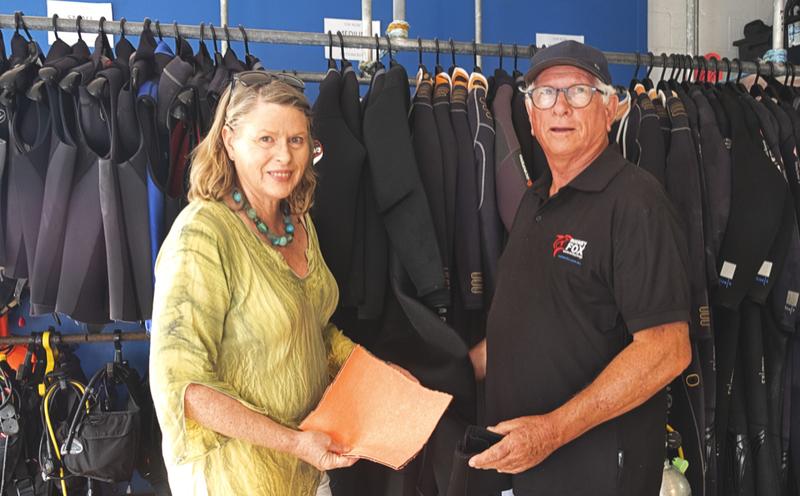Haydon Burford, inventor and veteran surfer from South Australia, has developed a wetsuit fabric that prevents sharks’ sharp teeth from piercing human flesh.
One of the great goals of surfers and sports divers is a suitable safety material to be used in the construction of diving suits. Inventor Haydon Burford proposes a revolutionary tissue that combines materials used in military field with additional features that will be very annoying to sharks. The result of his research is a provisional patent for SharkStop. The new fabric has achieved excellent resistance results following a report published by Flinders University, in southern Australia, in the journal PLOS ONE.
Burford, a New South Wales resident, before inventing, was a big fan of surfing. The idea came about as a result of the recent increase in shark attacks in the region and around the world. The inventor was supported in his research by Andrew Fox, director of Rodney Fox Shark Expeditions. Their work led to a government-funded research project conducted at Flinders University by Professor Charlie Huveneers.

The tissue was subjected to rigid tests with big sharks in their natural habitat near the seal colonies of the Neptune Islands off Port Lincoln. The development took into account a recent scientific discovery: sharks often do not continue the attack if there is no blood spill after the first bite. Hence the need for a material that withstands the brutal force of a single shark bite. SharkStop succeeds in its intent, only causing damage similar to needle-sticks.
The material can be used to create a whole suit or used only in the crucial points most subject to attack. The next step will be to market the product. Burtford is confident in the success of the project, relying on a potential buyer audience of 70 million athletes worldwide.
Read and share other news by browsing The Patent.